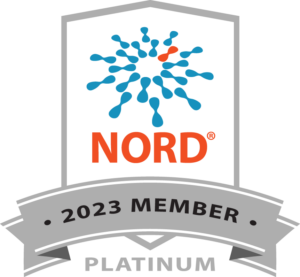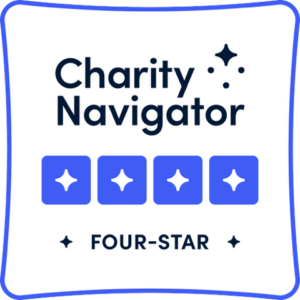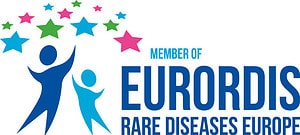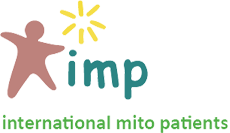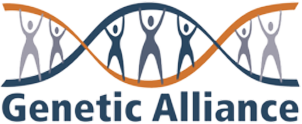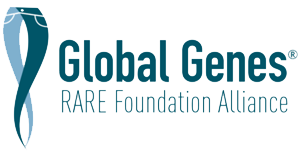This paper is a brilliant advance in our scientific understanding of mitochondrial disease, though it does not lead immediately to a treatment.
https://www.pnas.org/doi/10.1073/pnas.2304884120
Leber hereditary optic neuropathy (LHON) is one of the most common mitochondrial diseases. It typically presents with swift vision loss due to degeneration of the optic nerve. It occurs 3x as often in males as in females. In males there is a median age and sharp peak of onset at 20 years. In females, the median onset age is 30, with no clear peak at any age.
In 1988, LHON became the first disease proven to be caused by a mutation in a mitochondrial gene, a landmark event in mitochondrial medicine. (It seems fitting that the editor for this study was the senior author of that initial breakthrough.) Until now, however, in LHON as in nearly all mitochondrial disorders, we have not known the mechanism by which pathogenic mutations lead to dysfunction and disease.
Three mutations account for about 90% of LHON cases. All three are in the mitochondrial DNA, and hinder the function of complex I in the respiratory chain, leading to selective degeneration of retinal ganglion cells. This paper addresses the question of exactly how these mutations cause dysfunction of Complex I. It focuses on the most harmful of the three, the m.3460 G>A mutation, which causes a change from alanine to threonine at amino acid position 52 in the MT-ND1 protein.
In Complex I, Coenzyme Q slides into a channel within the ND1 protein, receives two electrons from NADH, then exits the channel to carry these electrons to Complex III. The amino acid at position 52 is part of the channel wall. A threonine at that position, unlike the normal alanine, projects side chains into the channel, slowing the exit of Coenzyme Q and hence the rate of ATP production.
In addition, the delayed exit gives the electrons carried by Coenzyme Q an increased chance of escaping to some place they shouldn’t. For example, an electron could wind up associating instead with an oxygen molecule, creating an unstable form of oxygen that the cell quickly converts to hydrogen peroxide, H2O2. H2O2 is one of the so-called reactive oxygen species (ROS), that can easily damage cells and their components including DNA, and proteins, and mitochondria. If this happens in nerve cells of the retina, those cells can die, leading to blindness.
LHON mutations can thus both lower ATP production and increase cell death from reactive oxygen species. It turns out that the effect on energy production is modest and probably not that important. It is instead the damage caused by increased reactive oxygen species that contributes most to the disease symptoms. It is increasingly clear that energy shortage is not always the biggest problem in mitochondrial disease. We can think of oxidative phosphorylation as somewhat analogous to nuclear power: the energy gain does not always outweigh the toxic by-products.
Why might these findings matter? They have no obvious immediate clinical relevance. But in the future, hypothetically at least, if one were trying to find a way to slow the disease progression, it might be more important to focus on reducing ROS (e.g., with anti-oxidants) than on compensating for reduced ATP production. This might not matter in the end; for example, gene therapy for LHON, now under development, might make the whole problem go away. But you never know what is actually going to work, so every potential approach is worth exploring in the meantime. Turning up new possibilities and understanding, as this paper does, is part of the arduous process of searching for cures of rare diseases.




